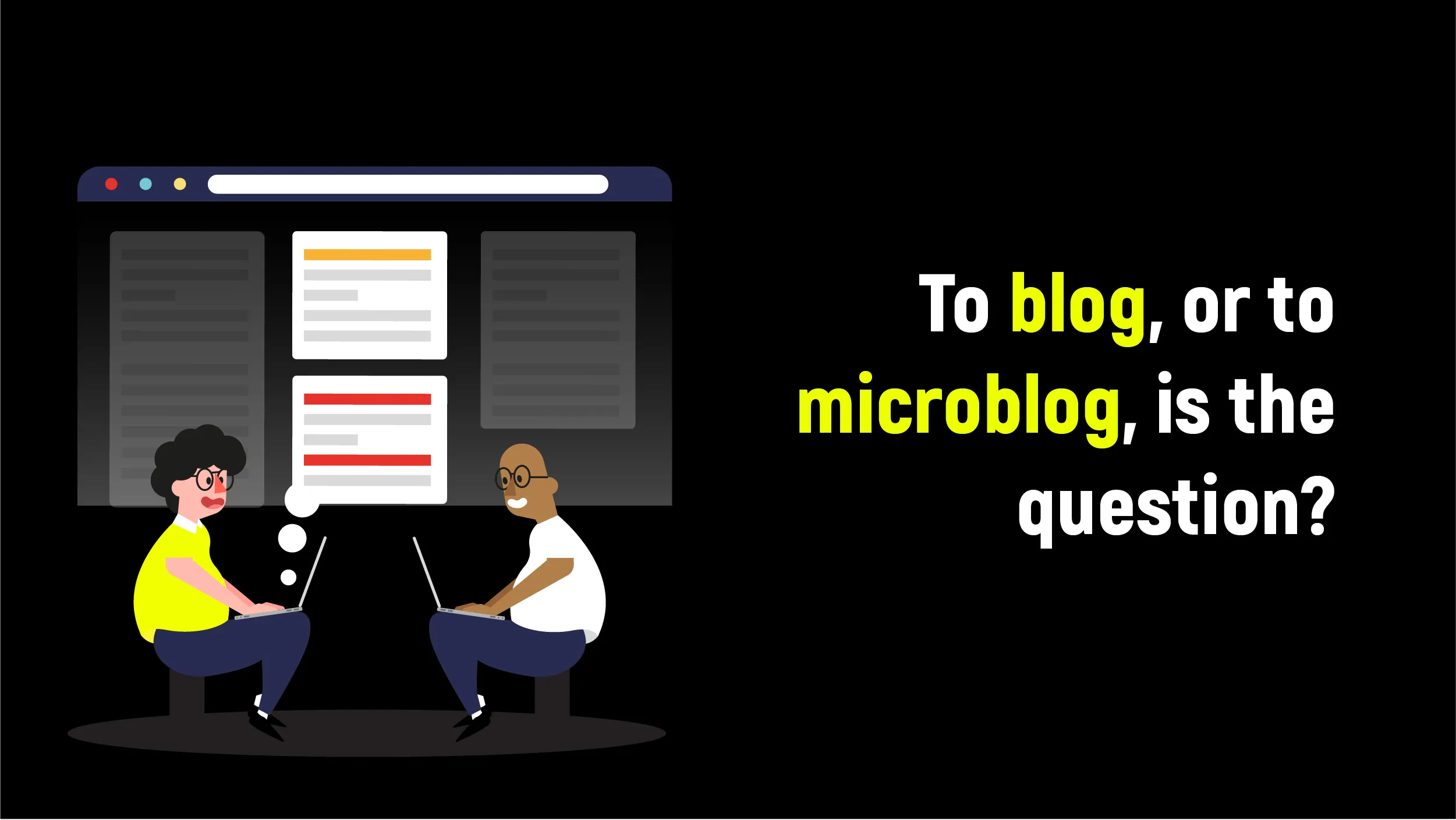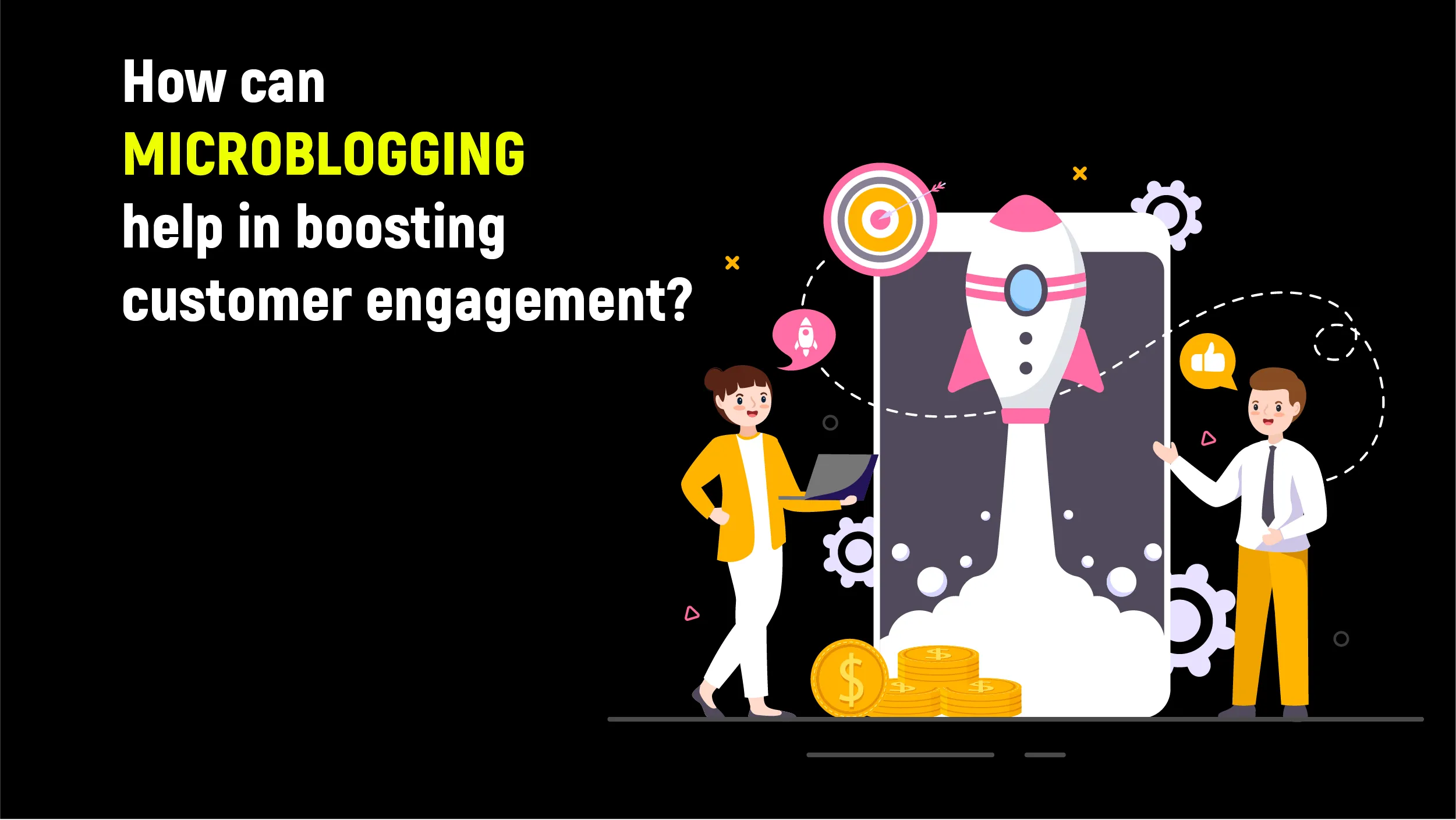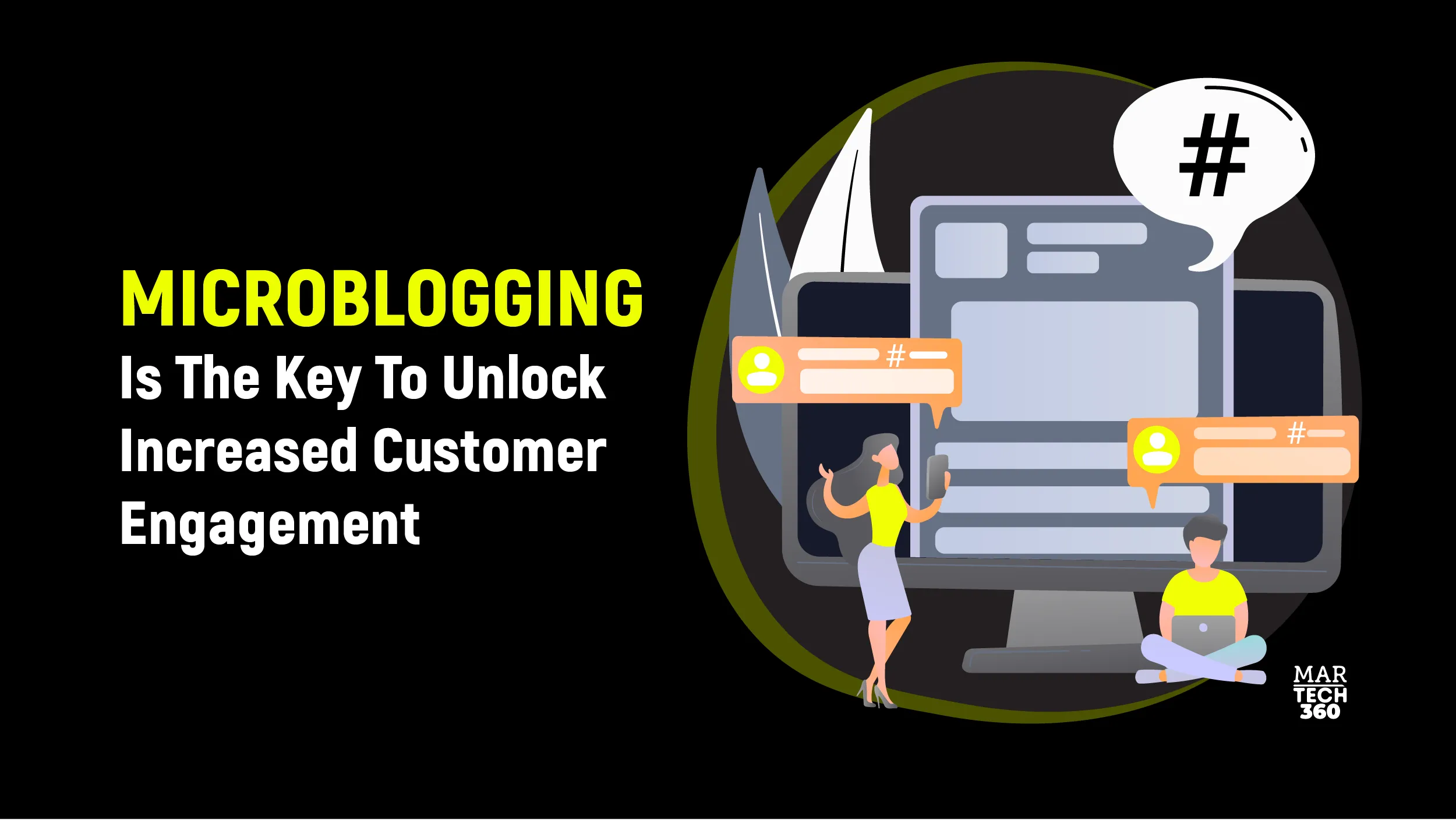Businesses across the globe, irrespective of their size, type, or industry leverage blogging to connect with their audience. Through blogging, enterprises showcase their expertise and enhance brand loyalty. There are immense advantages of blogging that corporations can benefit from.
The business landscape is constantly evolving, and they have started adopting microblogs to connect with their audience. Microblogging is a short, precise, and dynamic form of content delivery that allows enterprises to interact in real-time, engage with the target audience, and stay relevant in a rapidly changing online environment.
Previously, traditional blogs that have long-form content have proven to be effective in exploring the topics in detail and enhancing the brands’ authority. Long-form articles excel in delivering detailed explanations about the topic and offer a holistic view to the readers. Microblogging assists content marketers in taking a different approach by disseminating information in small-sized snippets that are easy to consume.
According to a report by OptinMonster, there were approximately 600 million blogs globally in 2023. The report also highlights that an average reader spends approximately 52 seconds while reading a blog post.
There are various popular social media sites such as LinkedIn, Instagram, and X that serve as microblogging sites that allow users to share updates, news, and briefs in snippets format to engage the audience. Short content types are trending these days. Hence, micro-blogging resonates with today’s audience that believes in fast-scrolling to consume information.
This blog explores how microblogging can help boost customer engagement.
To blog, or to microblog, is the question?
 Many businesses struggle to decide whether to go for blogging or microblogging. First things first, both types of blogging are different from each other. The key distinction between microblogging and blogging is their length. Microblogs are substantially shorter than blogs and include video, audio, pictures, infographics, GIFs etc. Microblogging sites such as Twitter, Instagram, Facebook, and Pinterest, and some others, allow users to start microblogging instantly.
Many businesses struggle to decide whether to go for blogging or microblogging. First things first, both types of blogging are different from each other. The key distinction between microblogging and blogging is their length. Microblogs are substantially shorter than blogs and include video, audio, pictures, infographics, GIFs etc. Microblogging sites such as Twitter, Instagram, Facebook, and Pinterest, and some others, allow users to start microblogging instantly.
If you’re unsure whether you should blog or microblog, the best option is to do both. However, microblogging allows you to instantly connect with your readers. Your readers might not always be sitting down to read the entire post.
So, whether your audience is having their morning coffee or are on the go a microblog can be convenient for them to read. Microblogging also assists in developing brand reputation and further allows your audience to know what your business and brand is all about.
Also Read: The Rise of B2B Influencer Marketing on Social Media: 2024 and Beyond
How can microblogging help in boosting customer engagement?
 Every enterprise should get one thing straight that customers/audience prefer reading or engaging with bite-sized content. You should give your potential customers an engaging way to learn about your brand, your offerings, or any other topic that’s relevant to them. Engaging and short-form content aka Microblogs, allow you to establish a follower base that looks forward to seeing or reading what you have to say.
Every enterprise should get one thing straight that customers/audience prefer reading or engaging with bite-sized content. You should give your potential customers an engaging way to learn about your brand, your offerings, or any other topic that’s relevant to them. Engaging and short-form content aka Microblogs, allow you to establish a follower base that looks forward to seeing or reading what you have to say.
This is where microblogging sites work like a charm. These sites are basically social media platforms and customers are frequently posting their views on thec products or services they like. Here, via microblogging you can communicate directly with your target audiences and build a follower base and post content on a regular basis.
Once you have grabbed the attention of your customers you can respond to their inquiries and thank them for their support. This organically helps you in forming stronger bonds with customers and simultaneously improves your brand’s reputation. Here are three goals that you should set and how you can accomplish them. Setting these goals is important when interacting with customers online and wanting to boost customer engagement.
-
Prioritizing customer’s POV
The first goal is to prioritize your customer’s perspective about anything and everything. For example, the news channels report finding a mysterious creature. But a representative uses a microblogging site and runs a poll instead. This poll motivates users to pick a name for the creature from a list of three to four options. This encourages customer engagement.
-
Gathering feedback
The second goal is Feedback. Have you ordered food online and the delivery person has requested you to share feedback? This feedback is highly important for both the brand and the customers. For example, a fashion store microblogs a request for fans to respond with comments about their favorite outfit and style and share pictures of them wearing the outfit after introducing two different outfits. These images are then used by the brand to show the appeal of the outfits and resultantly provides content for the promotional campaign.
-
Grabbing customer’s attention
The third goal is to attract the attention of your customers creatively and in a fun way. For example, actors/actresses advertise the release of a new film and encourage their fans to express their excitement for the new movie. They can do this on a microblogging platform by using the movie’s famous dialogue as a question and asking the audience to complete it by giving them three options.
This makes the actor/actresses upcoming movie as well as their name trending online as a result of the trending Q&A. Once the actor/actress is trending online fans and viewers also start digging up their previous work, thus boosting engagement on their accounts.
Microblogging in a Small Snippet
Microblogging provides enterprises with multiple advantages, contributes to real-time interactions, improves employee engagement, quickly disseminates updates through various channels, and increases brand visibility to a broader target audience. Modern businesses should embrace microblogging in their content marketing strategy to penetrate through a wider target audience.


Comments are closed.